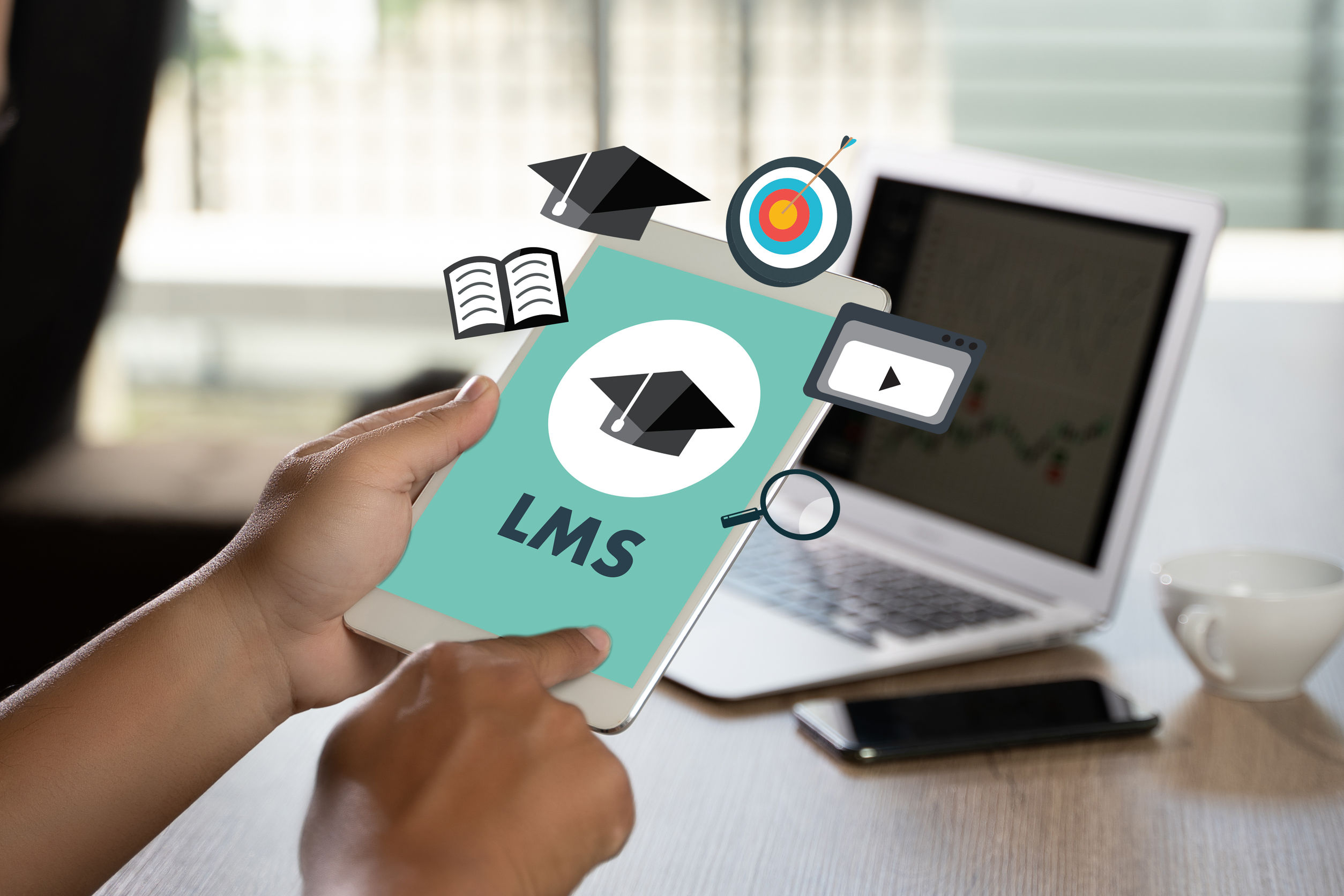From novelty to transparency
By Brent Colescott, Senior Director, Global Business Strategy & Transformation, SumTotal Systems.

Just two short years ago, I was writing and speaking about the “HR Perfect Storm.” With HR at the center, the storm was a combination of factors impacting organisations, executives and employees.
An increased for demand for talent, rising consumer expectations and often inadequate technology or resources, HR was battening down the hatches. Just when everyone thought it could not get worse, the pandemic arrived. Was 2020 as terrible as we believe it to be, or was it the year we finally realised our true learning destiny?
Modern technology advances tend to follow an arch of sorts from their introduction through to overall integration and adoption. This arch starts with being “novel” or a “novelty.” There is great interest in the new tech, but not quite sure how it might work. The next phase is “usefulness.” When the novel dissipates, we find the value in how the technology can improve our world.
The last phase is “transparency”, where the technology just melts away. This is where we see the true success and impact of technology. I firmly believe that with the world of HR tech we are transitioning from the useful phase to transparent.
If we were to roll back the clock to the late 1990s, in many ways we would see the world of HR technology much as it was just last year. Sure, the graphics now are smoother, and we have high speed connections so everything runs faster, but at the core it wasn’t much different than 2019 or early 2020.
Back in the 90’s everything was exploding onto the “Internet.” Learning was online both through CD ROMs and the beginning of Learning Management Systems (LMS). Experts were discussing the benefits of on-demand learning, distance learning and the 70-20-10 learning approach.
In 2000, online learning became somewhat of a novelty. Large corporations that could afford LMS led the way to digital learning. Over time like most things, the adoption of learning platforms and online content became more pervasive and affordable.
Somewhere around 2009 or 2010 it happened; the novelty wore off and the age of usefulness began. This is where I would suggest a malaise in the learning industry overall arrived. Caught between limitations of technology, management and user expectations, innovation mostly existed with a few and was desired by many.
Then came that fateful year of 2020. Most of us had anticipated 2020 for numerous “futuristic” reasons. It would be an iconic year with so much potential and then it wasn’t.
Or was it? What I saw happen in 2020 to the field of L&D was a renaissance of sorts. Unbound by tradition in an otherwise non-traditional year, learning finally broke out of the malaise. What had been building over the past decade was a shelf full of good ideas that finally saw its time. Absent the typical excuse list, L&D was now mission critical.
When the walls came down on the cubicles and offices, the only connection between employees and employers was digital. In many instances the LMS became a hub for the employee, their data and the information they needed to navigate through uncharted waters.
The pandemic push is just what vendors and businesses needed to break free of the lost decade. Instead of conferences full of sessions about how someone moved one course to a mobile device for a specific group; companies were shifting entire libraries of content to their phones. Not just that, they were virtually meeting and mining employee data there as well.
Two major milestones or markers have been set thanks to the pandemic and global adoption of Microsoft Teams. First, the expectations of the employee experience have forever changed. Second, those who continue to operate in a “behind the firewall” world are finding it harder to justify. The pervasiveness of an always-on Teams environment accessible from any device, at anytime, anywhere is a huge advance not just for technology, but for L&D.
The CHRO in many organisations now hold more cache’ than any executive other than the CEO. In my article on our “HR Heroes” I wanted to highlight the efforts HR professionals were supporting to save their organisations and their employees while staying sane themselves. At the same time, the expectations for what our HR systems could and should be changed drastically.
Look no further than my own company as we move forward in the HR Technology journey to the transparent interface. SumTotal has been a pioneer in the HR and learning space for decades. The first true LMS to manage ILT and launch online courses is now positioned to leverage the Teams experience this year.
As part of the ecosystem of apps and tools coming to Teams, the reality is that learning has always been best when it is contextual and at the moment of need. SumTotal will be delivering tools to Teams that will ensure a near transparent learning experience to the end user. Seamlessly integrated into the application, users can search and complete training effortlessly, as it should be.
What has transpired in less than twelve months is a most impressive, yet overdue revival of HR technology in the learning space. While this time has been challenging and detrimental to so many organisations and industries, it was exactly what L&D needed to snap a 10-year funk.
Inspired and driven almost organically by the forces surrounding us in the past year, L&D as an industry and discipline is being pushed forward in ways we could only have imaged. Perhaps thanks to the perfect storm of events, we are finally going to realise the true learning destiny!
Join Brent Colescott at Learning Technologies 2021, where he will elaborate on how learning systems and platforms have gone from being a novelty to being useful as the way we work continue to change.



